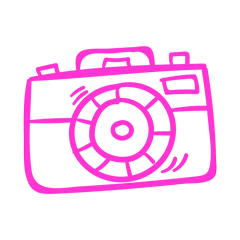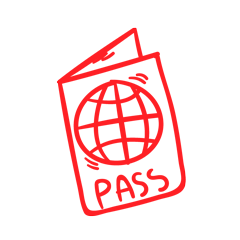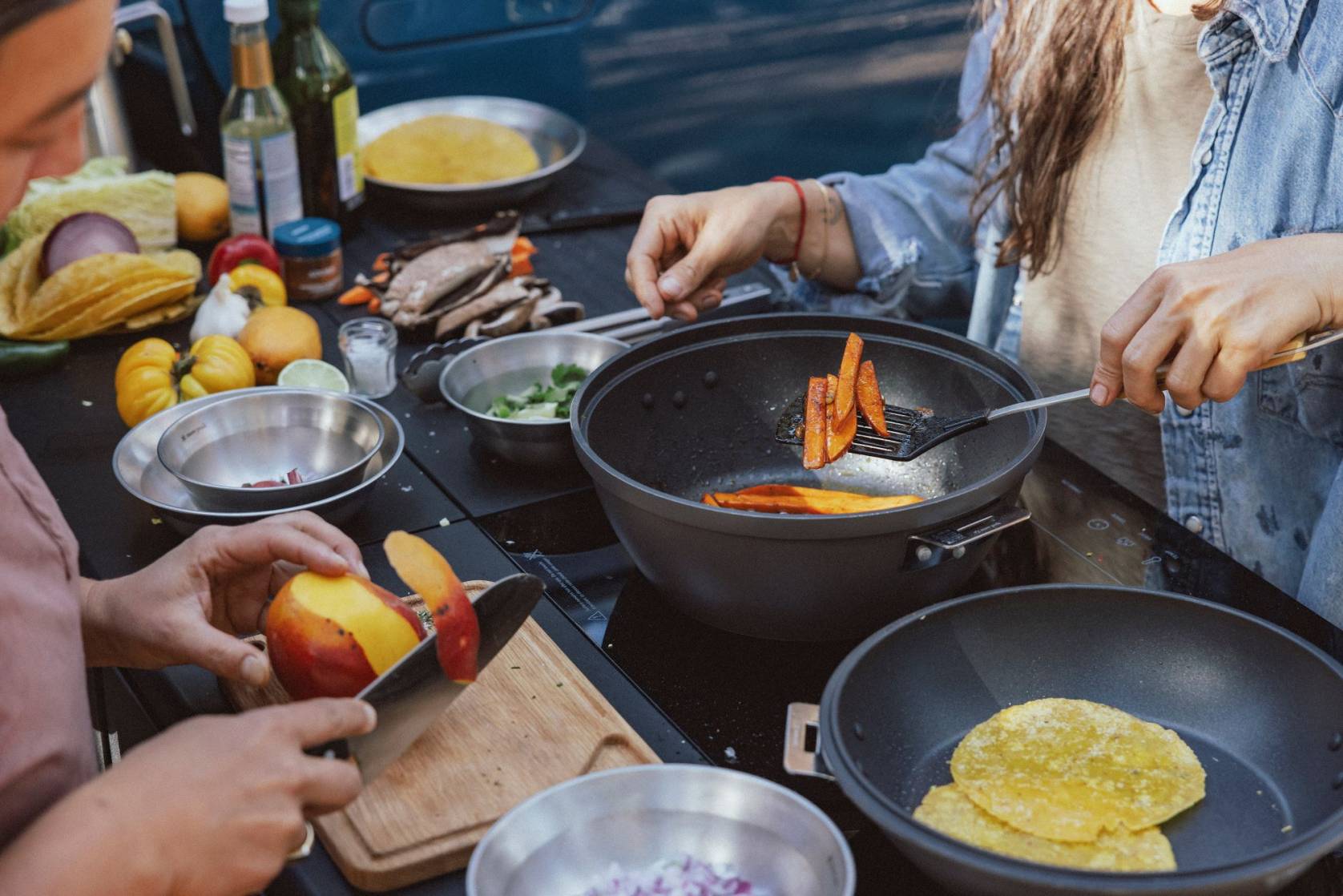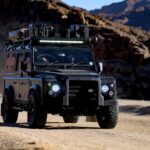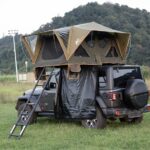Discover the ultimate overlanding kitchen setup for your off-road adventures. Explore portable cooking gear, DIY camp kitchen ideas, and expert tips to cook efficiently while on the road.
- Introduction to Overlanding Kitchens
- Key Components of an Overlanding Kitchen Setup
- DIY Overland Kitchen Ideas
- Cooking on the Road: Tips and Best Practices
- Recommended Portable Overland Kitchens and Gear
- Integrating Your Overlanding Kitchen with Vehicle Setup
- Maintaining Your Overlanding Kitchen
- Frequently Asked Questions (FAQ)
- Conclusion & Call to Action
Introduction to Overlanding Kitchens
Overlanding combines adventure, self-sufficiency, and exploration of remote terrains. A key component of any successful overlanding trip is a well-organized kitchen setup, which enables travelers to prepare nutritious meals, maintain hygiene, and enjoy comfort during extended trips.
An effective overlanding kitchen setup ensures that cooking is safe, efficient, and adaptable to various environments. Whether you are a solo traveler, a family, or a group of seasoned adventurers, a reliable camp kitchen can significantly enhance the overlanding experience. This article explores essential cooking gear, storage solutions, DIY ideas, and practical tips for creating an ideal overland kitchen.
Key Components of an Overlanding Kitchen Setup
The overlanding kitchen can be broadly categorized into four components: cooking gear, storage and organization, water and hygiene systems, and auxiliary utilities. Each component plays a critical role in ensuring smooth meal preparation and overall efficiency.
- Portability: Equipment must be lightweight, compact, and easy to transport.
- Durability: Materials should withstand rough handling, environmental exposure, and repeated use.
- Ease of Setup: Quick assembly and disassembly minimize preparation time at campsites.
- Functionality: Every piece of gear should serve a practical purpose and maximize usability.
Cooking Gear Essentials
A functional overlanding kitchen begins with reliable cooking gear. Essential items include:
Portable Stoves and Burners
- Single or dual-burner gas stoves: Ideal for small setups.
- Multi-fuel options: Compatible with propane, butane, or liquid fuels.
- Compact grills: For outdoor barbecue and high-temperature cooking.
Cookware and Utensils
- Pots and pans: Lightweight, durable, non-stick preferred.
- Utensils: Spatulas, tongs, ladles, knives, and cutting boards.
- Multipurpose items: Collapsible or nested cookware saves space.
Fuel and Safety Considerations
- Store fuel safely in approved containers.
- Keep stoves away from flammable materials.
- Always ventilate enclosed areas when cooking.
Storage and Organization
Proper storage ensures efficiency and food safety.
Food Storage
- Containers: Airtight, BPA-free, and stackable for dry goods.
- Coolers and portable fridges: Maintain perishable items during long trips.
- Bear-proof options: Essential in wildlife-prone areas.
Pantry Organization
- Label containers for quick access.
- Use modular systems to separate dry goods, spices, and snacks.
Vehicle Integration
- Drawer systems and cargo boxes: Keep gear organized and accessible.
- Racks and hooks: Maximize vertical space and reduce clutter.
- Foldable shelves: Facilitate meal prep and cooking stations.
Water and Hygiene Systems
Reliable water and hygiene management is crucial for health and sanitation.
Portable Sinks and Water Containers
- Collapsible sinks or basins for washing dishes.
- Large-capacity water jugs with taps for easy access.
Cleaning and Sanitation
- Biodegradable soap and scrubbing brushes.
- Dish towels, sponges, and sanitizing wipes.
- Waste disposal solutions: Trash bags, compost bins, and portable waste tanks.
Environmental Considerations
- Follow Leave No Trace principles.
- Avoid contaminating water sources with soap or food residue.
DIY Overland Kitchen Ideas
Building a customized overlanding kitchen can enhance convenience and efficiency.
- Modular Camp Kitchens: Drawer-based units that slide out of truck beds or trailers.
- Foldable Tables and Prep Surfaces: Lightweight tables that double as food prep stations.
- Integrated Storage: Utilize vehicle interiors with custom racks, hanging nets, or fold-down shelves.
- Convertible Spaces: Roof racks, tailgates, or trailer setups that convert into cooking stations.
DIY kitchens allow travelers to tailor setups to vehicle type, trip length, and personal cooking style.
Cooking on the Road: Tips and Best Practices
Efficient overlanding cooking requires planning and adaptability.
- Meal Planning: Pre-plan menus to reduce unnecessary food storage.
- Prep in Advance: Chop vegetables, marinate proteins, and pre-measure spices before departure.
- Quick and Nutritious Meals: One-pot meals, foil packs, and pre-cooked ingredients save time.
- Safety Practices: Keep flammable items away from open flames, and store knives securely.
- Weather Considerations: Wind shields for stoves, covered cooking areas in rain, and shade for sun protection.
Recommended Portable Overland Kitchens and Gear
There are multiple portable kitchen solutions for overlanders:
- Compact Modular Systems: Lightweight, stackable units with integrated storage and stove mounts.
- Trailer Kitchens: Offer full-sized cooking and storage options for long trips.
- All-in-One Portable Units: Include stove, sink, and storage in a single foldable setup.
Pros and Cons Table
| Type | Advantages | Disadvantages | Ideal For |
|---|---|---|---|
| Compact Modular | Lightweight, space-saving | Limited cooking capacity | Solo or duo travelers |
| Trailer Kitchen | Large workspace, full amenities | Expensive, requires towing | Families, long trips |
| All-in-One Unit | Easy setup, integrated | Bulkier, moderate storage | Small groups, moderate trips |
Integrating Your Overlanding Kitchen with Vehicle Setup
Efficient use of vehicle space enhances convenience and safety.
- Vehicle Type Considerations: Trucks, SUVs, and trailers offer varying storage options.
- Ergonomics: Position prep surfaces at comfortable height.
- Accessibility: Store frequently used items within arm’s reach.
- Internal Resource: For vehicle compatibility and suggestions, see Best Overlanding Vehicles.
Maintaining Your Overlanding Kitchen
Proper maintenance extends the lifespan of your gear:
- Cleaning: Wash all cookware and utensils after each use.
- Drying: Ensure items are dry before storage to prevent mold and corrosion.
- Storage: Use protective cases or boxes to prevent damage during transit.
- Inventory Checks: Regularly restock fuel, food, and essential supplies.
- Seasonal Preparation: Inspect stoves, hoses, and connectors before long trips.
Frequently Asked Questions (FAQ)
Q1: What are the must-have items for an overlanding kitchen?
A1: Portable stove, cookware, utensils, storage containers, water system, and cleaning supplies.
Q2: How do I build a DIY overlanding kitchen?
A2: Use modular drawer systems, foldable tables, integrated storage, and compact cooking units. Customize to your vehicle type and trip needs.
Q3: Can I cook gourmet meals on the road?
A3: Yes, with portable stoves, pre-prep techniques, and creative use of cookware, gourmet meals are possible even in remote locations.
Q4: What is the best portable kitchen setup for 2–4 people?
A4: A compact modular system with dual burners, integrated storage, and foldable prep surfaces balances convenience and functionality.
Q5: How do I safely store food and water while overlanding?
A5: Use airtight containers, coolers or portable fridges, bear-proof options where necessary, and keep food separate from chemicals and flammable materials.
Conclusion & Call to Action
A well-planned overlanding kitchen setup is essential for safe, efficient, and enjoyable trips. From portable cooking gear to DIY solutions, a functional camp kitchen ensures that travelers can prepare nutritious meals while maintaining hygiene and comfort.
Careful planning, integration with vehicle space, and proper maintenance are crucial for an optimal setup. For expert advice, detailed guides, and recommended overlanding gear, visit Just Overland. Equip your kitchen wisely and elevate your overlanding experience to new heights.

